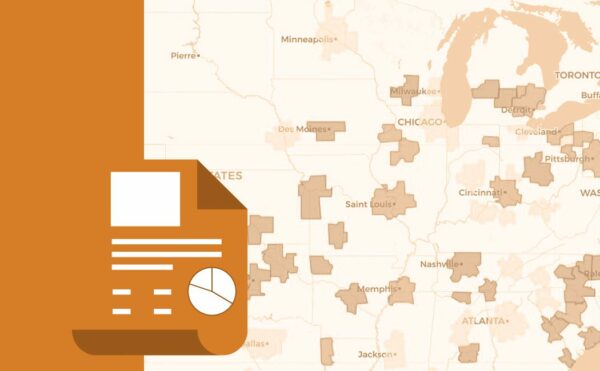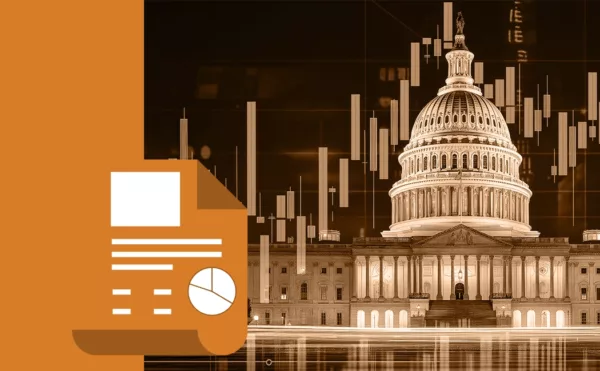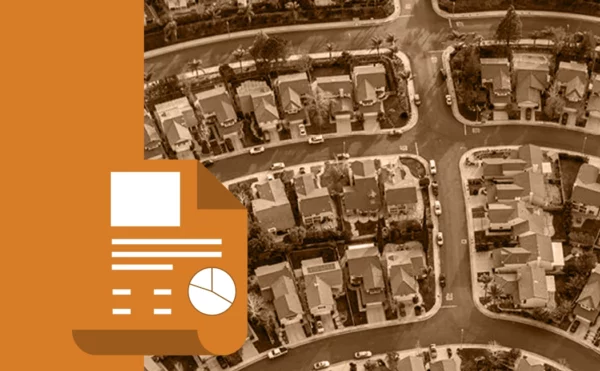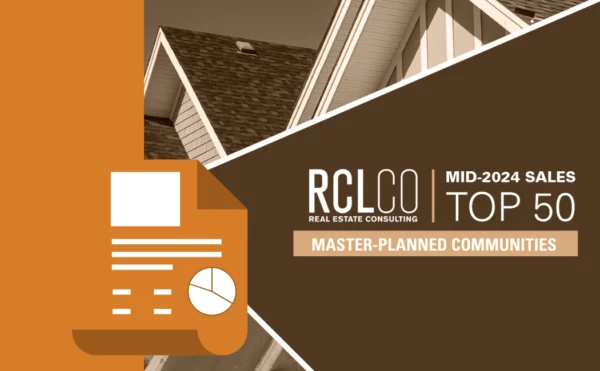
March 19, 2024
Originally published via Builder and Developer Magazine
Affordable and functional design for entry-level homebuyers
The jump in new home sales this fall came as somewhat of a surprise, given how new home sales had been declining with the increase in mortgage interest rates throughout 2022 and early 2023. Although the volume of new home sales remains below the peak of February 2022, month-over-month new home sales volume in the summer and fall of 2023 has exceeded the year-earlier pace. New home sales were up over 12% in September 2023 to an adjusted annual rate of 759,000, from August’s rate of 676,000, almost 34% higher than September 2022. It’s quite the opposite of the existing home market, where the pace of sales remains historically low.
The state of the existing home market is one of the reasons the new home market has fared better than expected despite the current high mortgage interest rates and general levels of economic uncertainty. With a lack of existing home inventory, and homebuilders willing to offer incentives, new construction homes remain attractive to homebuyers, despite higher mortgage rates.
Nonetheless, homebuilder sentiment has been trending down, as measured by the NAHB/Wells Fargo Housing Market Index (HMI. HMI is intended to take the pulse of the single-family housing market, and the current rating is about where it was a year earlier in October 2022, at 40 as compared to 80 (on a 100-point scale) back in October 2021. Scores above 50 are considered positive territory. The current low score of 40 reflects homebuilder’s pessimism about the current market as well as attitudes about the next six months, relative to mortgage rates, homebuyer traffic, new home affordability and the economy. Some home builders have cut prices to move homes, and about 60% are offering incentives.
The current high-interest rate environment has increased the cost of construction financing, cutting into homebuilders’ profitability, and lowering new home affordability, which is already low and limiting the pool of qualified new homebuyers.
“The state of the existing home market is one of the reasons the new home market has fared
better than expected despite the current high mortgage interest rates and general levels of economic uncertainty.”
Nationally, sales by region are uneven, with about 60% of all new home sales in the South, which includes two of the biggest housing markets, Florida, and Texas, as well as Georgia, North Carolina, South Carolina, Tennessee and Virginia. The South continues to benefit from population and job growth at rates above the national average, and that is helping to drive new home demand. The West is the second largest new home region, with about 25% of new home sales.
Many potential new homebuyers are “locked in” to the lower mortgage interest rates of their existing homes, keeping many of those who might otherwise consider buying a new home on the sidelines.
Continuing low housing inventories of homes for sale have kept home prices from falling despite the jump in interest rates, and the combination of high mortgage interest and persistent high home prices is keeping housing affordability at historically low levels, further dampening housing demand as many younger, first-time homebuyers continue to be priced out of the housing market. As a result, consumers generally believe that now is not a good time to buy a house. Although inflation has fallen to 3.7%, down from 8.2% last year, consumers don’t yet appear to have processed that.
New home demand tends to move in tandem with job growth and the economy. While job growth remains at healthy levels, United States job growth overall has been gradually slowing since early 2022, as the Federal Reserve hiked interest rates in its bid to slow inflation. A recession in early 2024 remains a possibility and could further reduce new home demand in the short term, though the Wall Street Journal’s panel of business and economic economists now put the likelihood of a recession at less than 50%. MBA’s forecast for mortgage rates is 6.1% by the end of 2024, and 5.5% by the end of 2025, tracking with US 10-year Treasuries.
While that means that the high-rate environment will continue, those forecasts are well below current rates, meaning that more potential homebuyers on the sidelines may be enticed back into the market. This suggests that while there may be some short-term slowing in the housing market at the end of this year and into early 2024, home sales could accelerate in the second half of 2024 and that trend could continue into 2025.
Disclaimer: This article has been prepared solely for informational purposes and is not to be construed as investment advice or an offer or a solicitation for the purchase or sale of any financial instrument, property, or investment. It is not intended to provide, and should not be relied on for, tax, legal, or accounting advice. The information contained herein reflects the views of the author(s) at the time the article was prepared and will not be updated or otherwise revised to reflect information that subsequently becomes available or circumstances existing or changes occurring after the date the article was prepared.










